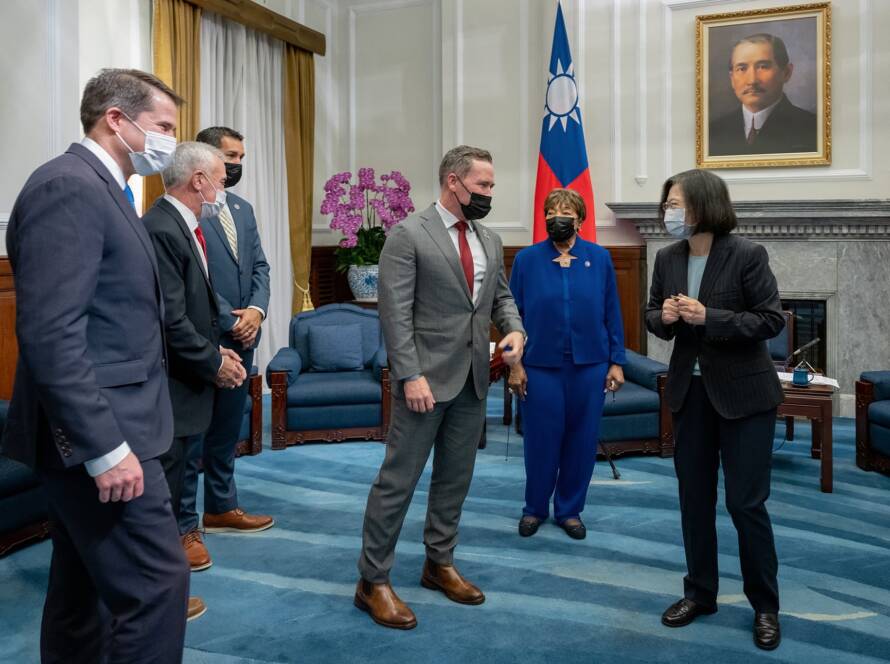By Uditha Devapriya
Last week’s attacks in Kashmir have left India and Pakistan in a tangled web. More than anything, there remains a big question mark over the future of their relations with each other and the impact this is bound to have on South Asia and the wider geopolitics of Asia.
The attacks in Pahalgam left 26 dead. They took place in Baisaran Valley, in Indian-controlled Jammu and Kashmir. They constitute the deadliest such incident since the 2008 Mumbai bombings. A popular tourist destination, Pahalgam was not heavily protected or fortified at the time of the attacks, which were led by a group calling itself the Resistance Front. Authorities link the outfit to Lahskar-E-Taibait, whose leader has claimed responsibility.
Since the incident, India and Pakistan have been busy exchanging a series of retaliatory diplomatic, economic, and military measures. A day after the attacks, India unilaterally withdrew from the Indus Water Treaty. Though analysts have noted that a complete suspension will be impossible – the months from May to September see a rise in water levels, making it difficult to restrict water even if the move can devastate agriculture – Pakistan perceives this as a serious provocation.
This is largely because wile India and Pakistan exchanged hostilities before, the Indus Treaty never came up as a bargaining chip; it was always seen as non-negotiable. Since the suspension, Pakistan has revoked the Simla Agreement of 1972: in effect, an act of war signaling a rupture in the way the Kashmiri dispute was seen, and addressed, by both parties.
Borders have also been closed, while the Indian government has shut down its airspace to Pakistan. Pakistan has predictably followed suit. The two countries are now exchanging fire in Kashmir in the worst case of a souring of relations in living memory. Analysts predict the two countries are verging on the brink of war, a razor’s edge from which withdrawal now looks increasingly unlikely. On the other hand, US President Donald Trump has stated that he thinks Delhi and Islamabad will “figure out relations between themselves.” He has suggested, rather nonchalantly, that the two countries have always had tensions but that these will somewhat get resolved, and that Washington will not play a major role in defusing the situation before it gets out of hand.
Trump’s dismissal of the escalation of conflict in the region has been at variance with the mainstream media’s reporting. While the rightwing Indian media, including television, have been implicitly baying for blood on the matter, the moderate press has been calling for calm and for a resumption of peace. Western media has been selective and myopic on two counts: it frames the attacks as being done on Pakistan’s initiative and omits the historical backdrop to tensions between India and Pakistan, as well as the rise of terrorism in Pakistan, with the West’s help, during the Cold War.
For its part, Pakistan has not won itself any favors by its response to India’s belligerence. An Army and Air Advisor at the Pakistani High Commission in the UK was caught making a throat-slit gesture at Indian protesters on Friday, while officials have spoken of the attacks being “orchestrated” and of India carrying on a disinformation campaign. On the other hand, Pakistani Defense Minister Khawaja Muhammad Asif has called for an international probe on the incident and has vowed to take all possible steps to find out who orchestrated it. Indian Prime Minister Narendra Modi, meanwhile, has pledged to go to “the ends of the earth” to search for the perpetrators.
While Pakistan has invoked international law in its protests against the suspension of the water treaty, India has accelerated its claims over the vicinity of the Indian Ocean, in particular the Central Arabian Sea, which it has described as its “extended continental shelf.” The Indian Navy, meanwhile, has test fired several missiles into the Arabian Sea. The medium-range surface-to-air missiles, which the Times of India reports as having been jointly developed with Israel, is said to include advanced radar systems and AI integration. In an official statement the Navy declared that the launch showed the country’s “growing prowess in indigenous warship design.”
All this is bound to heighten nativist-nationalist sentiment in India and Pakistan, a fact not lost on the rest of the region. Sri Lanka, Maldives, and Nepal have joined a chorus of countries in condemning the attacks while urging a peaceful resolution of the dispute. On the other hand, foreign policy analysts who see the attacks through the prism of India’s security needs have noted that New Delhi’s moves since 2019 – when it revoked Article 370 in the Constitution, giving further autonomy to Jammu and Kashmir – were part of a wider strategy to leverage India’s security in the region, but that the recent attacks demonstrate the strategy has not worked as expected.
It remains to be seen how other countries outside the region will respond. China, for instance, has remained since the 1970s a steady friend of Pakistan. It went as far as to suspend water flowing into India vis-à-vis the Brahmaputra in 2016 right after Narendra Modi declared that “blood and water [could] not” flow together, in response to a militant attack in Kashmir. Commentators noted the timing of China’s action and India’s response – or rather, the lack of one – while several websites and news reports indicate that authorities are bracing for similar actions this time. On the other hand, whether China, which is engaged in a trade war with the US, is ready and willing to risk a war over water in the region is debatable, if not questionable.
As for the US, Trump’s statements suggest that Washington will not play the proactive role it once did in the region. Kashmir itself remains rather polarizing in the country: Washington’s position on the issue has been determined, naturally enough, by the geopolitics of the region, whether during the Cold War or the post-September 11 conjuncture. US Vice-President J. D. Vance – who was on a visit to India when the attacks took place – has reiterated support for the country, but this seems more an obligatory gesture than an actual show of support. US Secretary of State Marco Rubio has gone so far as to say that the US stands with India, but again, such declarations do not indicate if the US will take sides should war break out: it has interests in both India and Pakistan, and it will not want to be seen as being partisan over what is now, essentially, a domestic issue.
For South Asia, of course, the ongoing tussles between the region’s two nuclear powers cannot be seen or regarded as merely a domestic issue. The implications are clear: on the one hand, all steps must be taken to ensure that there is no further escalation of the conflict, and on the other, India’s actions following the attacks – in particular its suspension of the Indus Water Treaty – indicate how Delhi will stop at nothing to assert what it feels to be its dignity in the face of an affront.
Sri Lanka, in particular, with which Delhi has mooted such initiatives as land connectivity, is bound to feel the aftereffects of these actions. While a section of the Sri Lankan academic elite seem adamant on their advocacy of such connectivity, foreign policy experts have been cautious, implying that the security and sovereignty countries like Sri Lanka enjoy, by virtue of being an island, may be lost if such reforms goes ahead – especially in light of how resource sharing agreements between India and other countries, including Nepal, have become embroiled in controversy.
Meanwhile, as two nuclear powers get ready for a total war, the world urges caution and calm. This is not the first time they have become embroiled in a dispute, but it is the first time an attack of the sort in Pahalgam has led to such an escalation of the dispute, going beyond open threats and mere closures of airspaces and borders. With Trump ruling the roost in Washington and a Europe embroiled in the question of what to do in Ukraine, there is now much worry over what is going to happen in South Asia, and by extension the wider Indian Ocean.
Uditha Devapriya is the Chief Analyst – International Relations at Factum and can be reached at uditha@factum.lk.
Factum is an Asia-Pacific focused think tank on International Relations, Tech Cooperation, Strategic Communications, and Climate Outreach accessible via www.factum.lk.
The views expressed here are the author’s own and do not necessarily reflect the organization’s.


